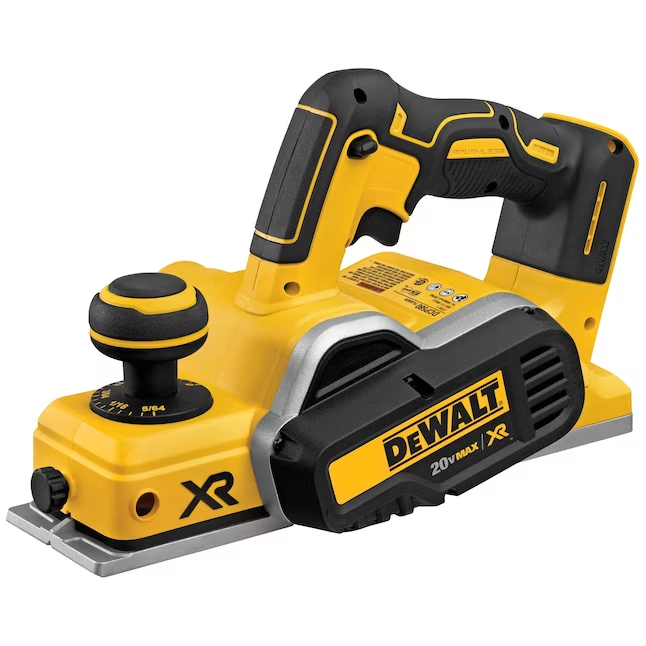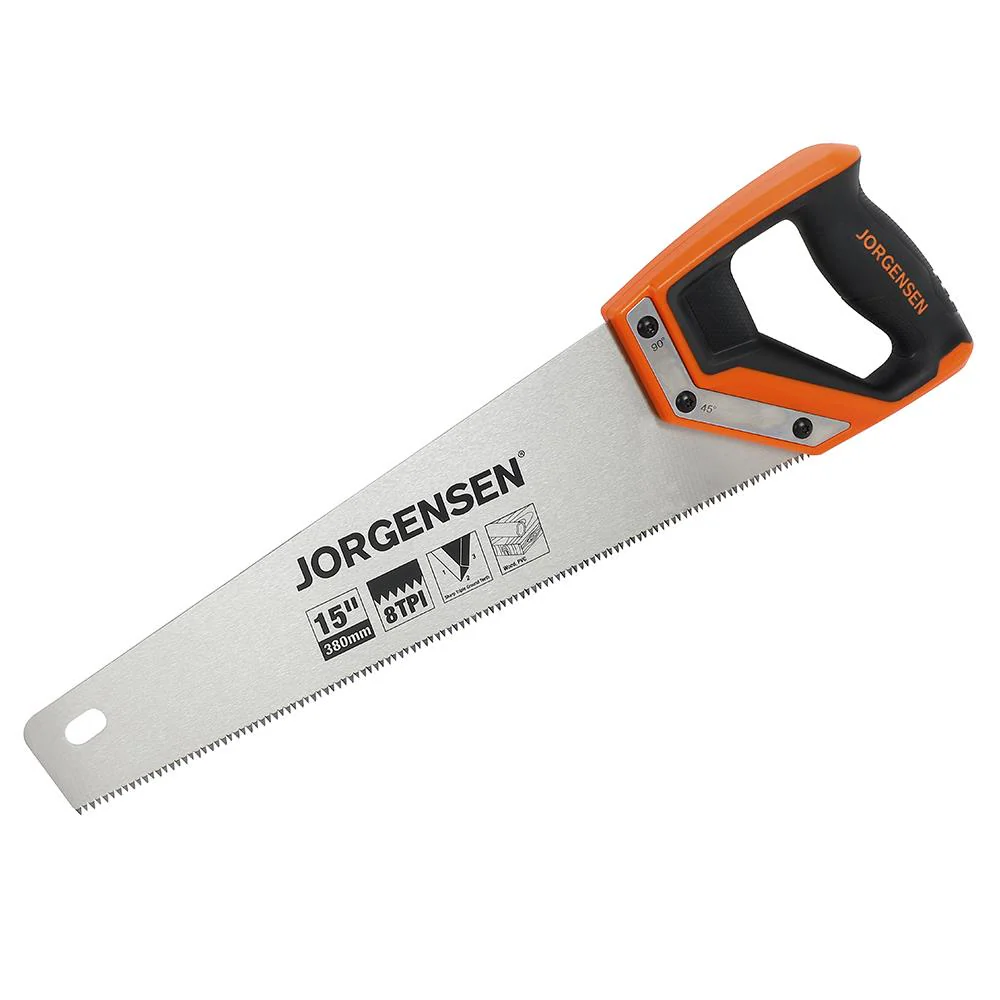
Types of Hand Saws :Exploring the World of Hand Saws
The Essential Role of Hand Saws in Woodworking
Hand saws play a crucial role in woodworking, offering precision, control, and versatility that power tools often can’t match. These time-honored tools have been shaping wood for centuries, evolving to meet the diverse needs of craftsmen. From rough carpentry to fine joinery, types of hand saws provide the means to cut, shape, and transform wood into functional and artistic creations. Their importance lies not only in their cutting ability but also in the connection they provide between the woodworker and the material.
Using a hand saw requires skill, patience, and an understanding of wood grain, fostering a deeper appreciation for the craft. Moreover, hand saws offer advantages in situations where power tools are impractical or unavailable, such as in remote locations or for quick, on-the-spot cuts. They produce less noise and dust compared to their powered counterparts, creating a more pleasant working environment. Additionally, hand saws are often more affordable and require less maintenance than power tools, making them accessible to woodworkers of all levels. As the woodworking community continues to embrace both traditional and modern techniques, hand saws remain an indispensable part of any craftsman’s toolkit, bridging the gap between age-old traditions and contemporary practices.
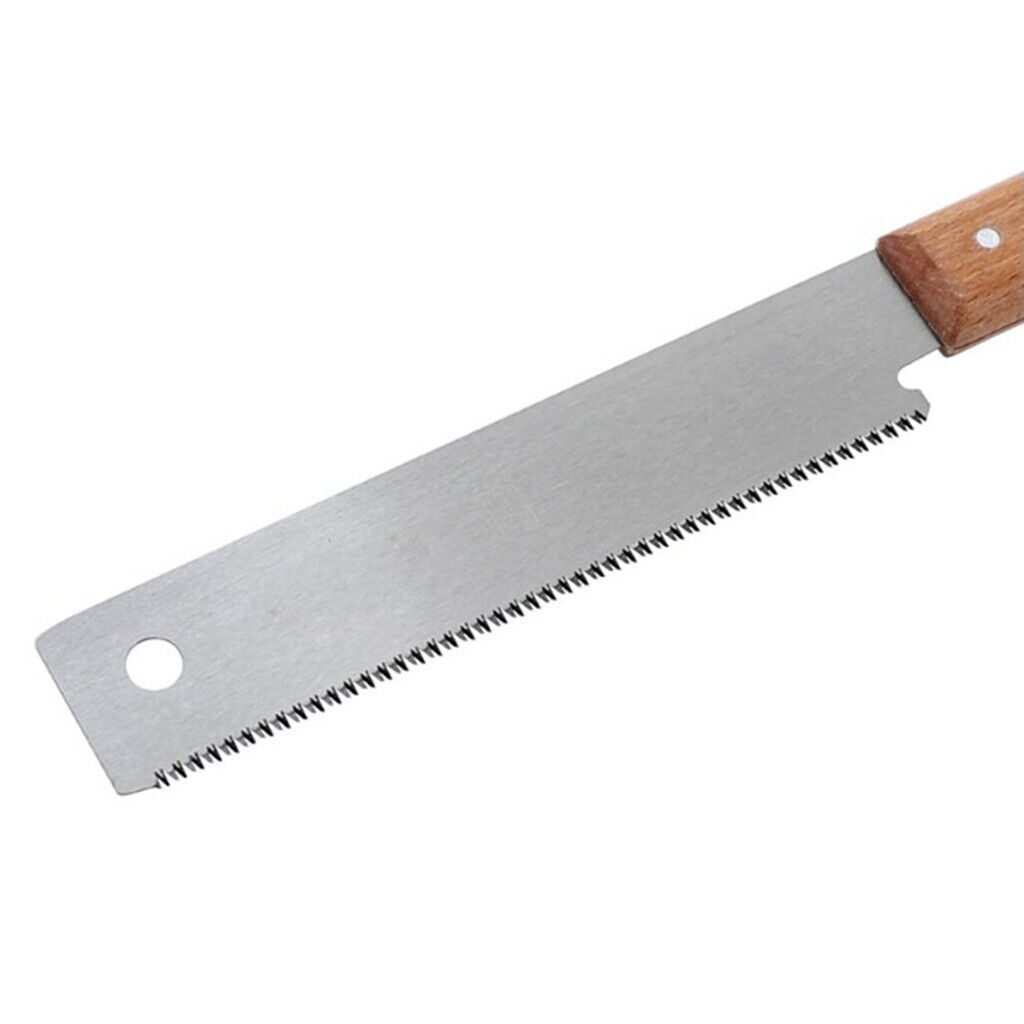
The Versatile Crosscut Saw: Mastering Precise Cuts Across the Grain
The crosscut saw stands as a fundamental tool in woodworking, designed specifically for cutting across the wood grain. Its teeth, typically smaller and more numerous than those of a rip saw, are arranged in a way that allows for clean, precise cuts perpendicular to the grain. This configuration prevents tearing and splintering, resulting in smooth, finished edges. Crosscut saws come in various sizes, with longer blades suitable for larger projects and shorter ones offering greater maneuverability for detail work. The teeth of a crosscut saw are often set in an alternating pattern, with each tooth angled slightly to one side.
This arrangement creates a wider kerf (the width of the cut) and helps prevent the saw from binding in the wood. When using a crosscut saw, woodworkers should maintain a steady, even stroke, allowing the weight of the saw to do much of the work. Proper technique involves starting with a few light backward strokes to create a shallow groove, followed by longer, more powerful forward strokes to complete the cut. Crosscut saws excel in a variety of applications, from trimming boards to length to creating precise joints in furniture making. Their versatility makes them an essential tool for both rough carpentry and fine woodworking projects.
The Powerful Rip Saw: Efficiently Cutting Along the Wood Grain
Rip saws, designed for cutting parallel to the wood grain, feature large, aggressive teeth that efficiently remove material. These saws excel at breaking down large pieces of lumber into smaller components, making them indispensable for framing and rough carpentry work. The teeth of a rip saw are typically arranged in a chisel-like configuration, with each tooth acting like a tiny chisel to carve away wood fibers. This design allows for rapid cutting along the grain but can result in a rougher finish compared to crosscut saws. Rip saws generally have fewer teeth per inch than crosscut saws. Allowing for faster material removal at the expense of some precision.
When using a rip saw, woodworkers should apply steady, even pressure on the forward stroke, lifting the saw slightly on the backstroke to clear sawdust and prevent binding. The blade of a rip saw is often slightly tapered, becoming narrower towards the back. This design reduces friction and helps prevent the saw from becoming stuck in the cut. While primarily used for rough cutting, skilled craftsmen can achieve surprisingly clean cuts with a well-sharpened rip saw. For optimal performance, rip saws require regular maintenance, including proper cleaning and occasional sharpening to maintain their cutting efficiency.
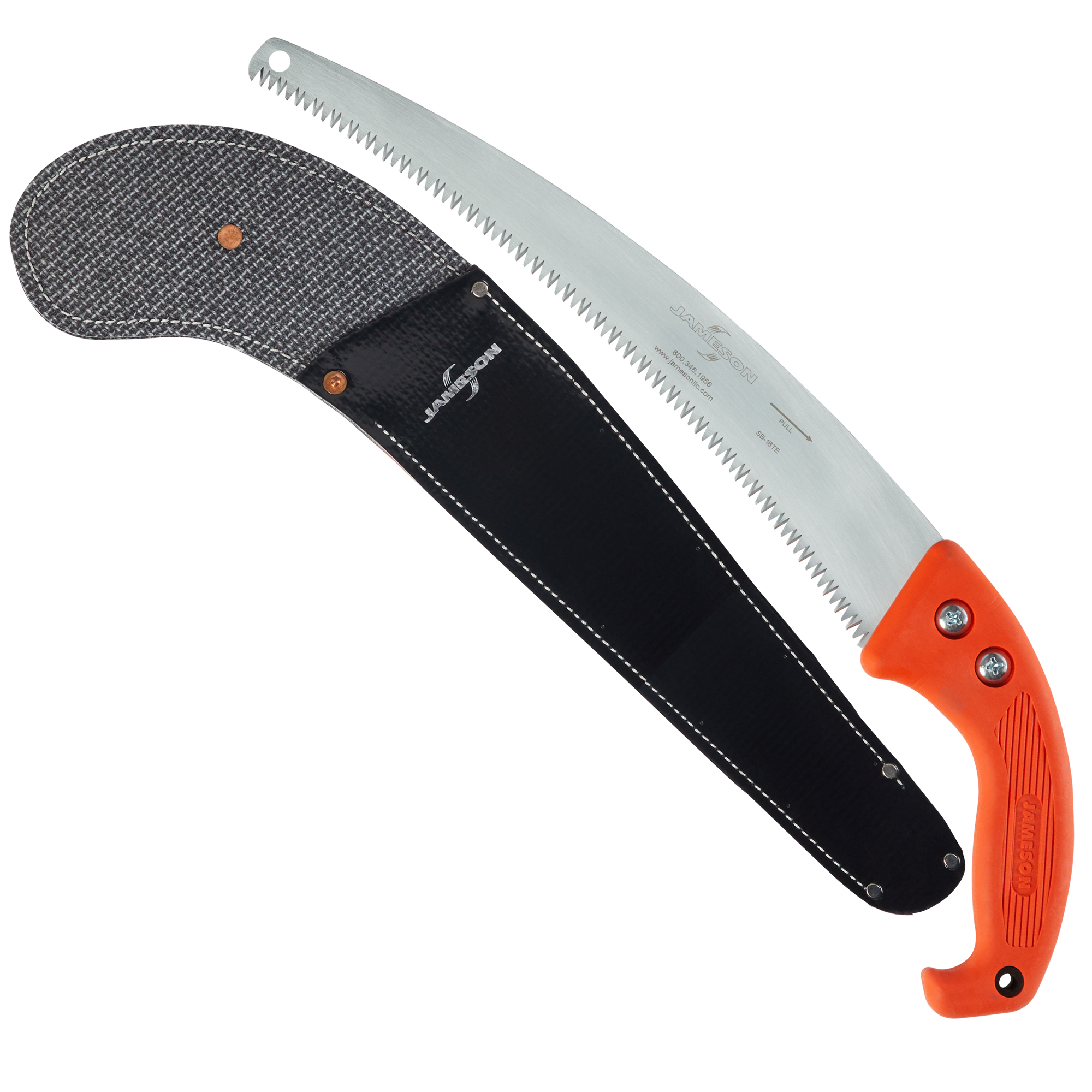
The Precision Backsaw: Achieving Fine Joinery and Detailed Cuts
Backsaws, characterized by their stiffened upper edge or “back,” offer unparalleled precision for fine joinery and detailed woodworking tasks. The reinforced spine provides rigidity to the thin blade, allowing for straight, accurate cuts essential in creating joints like dovetails and tenons. Backsaws come in various types, including tenon saws, dovetail saws, and carcass saws, each optimized for specific tasks. The teeth of backsaws are typically smaller and more closely spaced than those of larger hand saws, enabling clean, smooth cuts with minimal tear-out. This fine tooth configuration makes backsaws ideal for working with hardwoods and for creating joints that require a high degree of accuracy.
When using a backsaw, woodworkers often employ sawing guides or marking knives to ensure precise starts and maintain straight cuts. The saw’s design allows for excellent control, with the user able to apply pressure both downward and forward during the cutting stroke. Backsaws excel in cutting shoulders for tenons, creating the sides of dovetail joints, and making fine crosscuts in smaller pieces of wood. Their relatively short blade length and comfortable handle design make them well-suited for detailed work that requires close attention and control. For woodworkers engaged in fine furniture making or intricate joinery. A high-quality backsaw is an indispensable tool that can significantly enhance the precision and quality of their work.
The Versatile Coping Saw: Mastering Curved and Intricate Cuts
Coping saws stand out for their ability to create curved and intricate cuts. Making them invaluable for both functional and decorative woodworking. These saws feature a thin, flexible blade held in tension within a U-shaped frame, allowing for exceptional maneuverability. The blade can be easily rotated within the frame, enabling cuts in any direction and facilitating tight turns and complex shapes. Coping saws excel in tasks such as cutting out interior shapes, trimming moldings, and creating decorative scrollwork. Their narrow blades make them ideal for cutting small radii and intricate patterns that would be difficult or impossible with larger saws.
When using a coping saw, woodworkers typically start by drilling a pilot hole for interior cuts or working from the edge of the workpiece for external shapes. The saw is then inserted into the cut, with the teeth facing toward the handle. Cutting action occurs on the pull stroke, allowing for greater control and precision. Coping saws require a delicate touch and practice to master. As the thin blade can easily wander or break if too much force is applied. Advanced users can achieve remarkably detailed cuts by carefully guiding the saw and making frequent blade adjustments as needed. For woodworkers engaged in projects requiring curved or intricate cuts. Such as creating decorative panels or fitting moldings, the coping saw proves an indispensable and versatile tool.
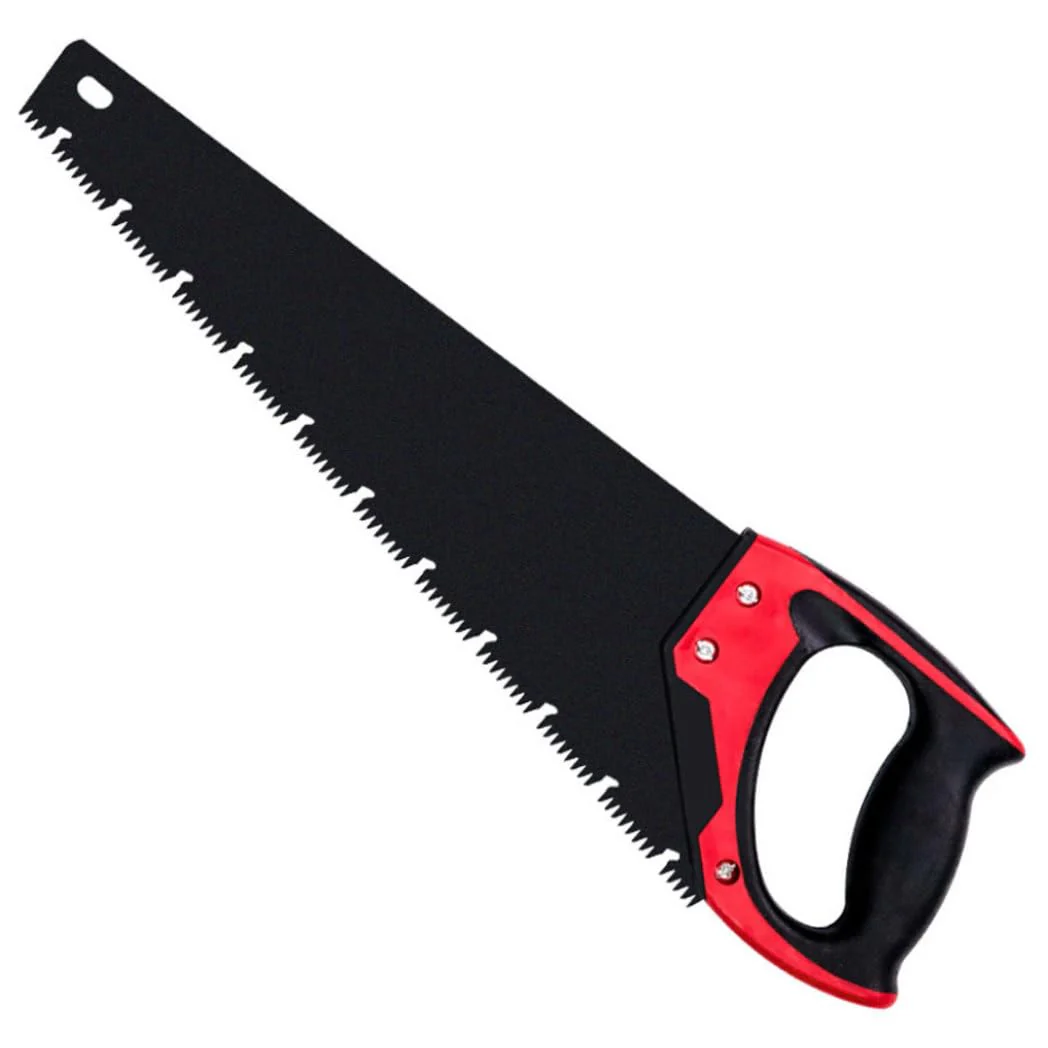
The Japanese Pull Saw: Embracing Eastern Precision in Western Woodworking
Japanese pull saws, also known as dozuki or ryoba saws, have gained significant popularity in Western woodworking for their precision and ease of use. Unlike Western push saws, these tools cut on the pull stroke, allowing for thinner blades and more precise cuts. The pulling action provides better control and requires less effort, reducing fatigue during extended use. Japanese saws typically feature very thin, flexible blades with extremely sharp teeth, enabling them to create fine. Clean cuts with minimal waste. Many Japanese saws are double-sided, with rip teeth on one edge and crosscut teeth on the other, offering versatility in a single tool.
The dozuki, a type of Japanese backsaw, excels in fine joinery work. Producing exceptionally clean and accurate cuts for dovetails and tenons. The ryoba, a double-edged saw without a back, provides flexibility for both rip and crosscut operations. When using a Japanese pull saw, woodworkers should maintain a relaxed grip and let the saw’s weight and sharp teeth do the work. The thin kerf produced by these saws not only results in less waste but also requires less effort to cut through the wood. While there may be a learning curve for those accustomed to Western saws. Many woodworkers find that Japanese pull saws offer superior control and precision, particularly for fine woodworking tasks.
Keyhole saws, also known as compass saws or pad saws. Serve a unique purpose in woodworking by allowing cuts in tight or awkward spaces. These saws feature a long, narrow blade with a pointed tip. Enabling them to start cuts in the middle of a workpiece or maneuver in confined areas. The blade is typically relatively flexible, allowing it to bend slightly without breaking when making curved cuts. Keyhole saws excel in tasks such as cutting openings for electrical boxes. Creating holes for plumbing fixtures, or trimming in hard-to-reach areas. Their design makes them particularly useful for remodeling work, where access may be limited by existing structures.
When using a keyhole saw, woodworkers often start by drilling a pilot hole if beginning a cut in the middle of a workpiece. The saw’s pointed tip can then be inserted into this hole to initiate the cut. For exterior cuts, the sharp point can be used to score the wood and start the cut directly. Keyhole saws require careful control and patience, as their flexibility can lead to wandering cuts if not properly guided. Advanced users can achieve surprisingly precise cuts in difficult locations by combining careful sawing technique with strategic use of the saw’s flexibility. While not as commonly used as some other hand saws, the keyhole saw remains an invaluable tool for specific applications, particularly in renovation and repair work.
The Versatile Bow Saw: Tackling Larger Cuts with Efficiency
Bow saws, characterized by their distinctive C-shaped frame, offer a powerful solution for larger cutting tasks in woodworking and landscaping. These saws feature a relatively long, thin blade held in high tension within the frame, providing stability and efficiency for cutting thicker materials. Bow saws excel in tasks such as cutting logs, trimming branches, and making rough cuts in larger pieces of lumber. Their design allows for quick, aggressive cutting action, making them ideal for outdoor work and rough carpentry. The blade of a bow saw is typically replaceable. Allowing users to switch between blades designed for green wood or dry lumber.
When using a bow saw, woodworkers should let the weight of the saw do much of the work. Using long, steady strokes to maximize cutting efficiency. The open frame design helps prevent the saw from binding in thicker materials, as sawdust can easily clear from the cut. Bow saws require less precision in technique compared to finer woodworking saws, making them accessible to users of varying skill levels. For woodworkers who frequently work with larger pieces or engage in outdoor projects. A bow saw provides a manual alternative to chainsaws for many cutting tasks. While not suitable for fine joinery or precision work. The bow saw’s versatility and power make it an valuable addition to any comprehensive tool collection.
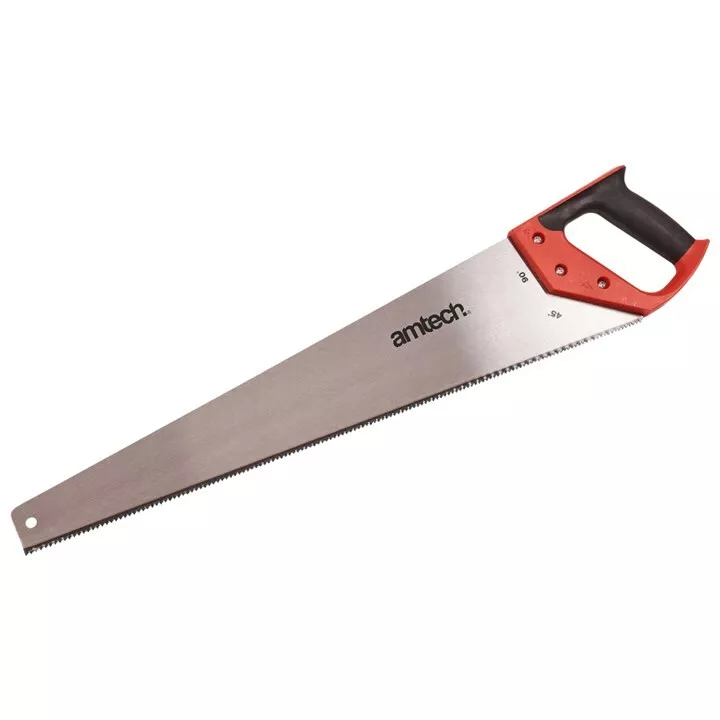
The Specialized Veneer Saw: Precision in Thin Material Cutting
Veneer saws, designed specifically for working with thin sheets of wood veneer, offer unparalleled precision for this delicate task. These saws feature a short, stiff blade with very fine teeth, typically ranging from 13 to 25 teeth per inch. The blade is often double-edged, allowing for cutting in both directions and providing versatility in tight spaces. Veneer saws excel in trimming veneer sheets. Cutting precise joints for veneer work, and making fine adjustments to thin wood components. Their design minimizes tear-out and splintering, crucial when working with the delicate grain structures of veneers.
When using a veneer saw, woodworkers should employ a light touch and let the saw’s fine teeth do the work. The saw is typically used with a straightedge guide to ensure precise, straight cuts. For curved cuts, the short blade allows for good control and maneuverability. Veneer saws require careful maintenance to keep their fine teeth sharp and effective. While primarily used for veneer work, these saws can also be valuable for other tasks involving thin materials. Such as trimming edge banding or working with delicate inlays. For woodworkers engaged in fine furniture making, restoration work, or decorative wood projects, a quality veneer saw is an essential tool for achieving professional results with thin wood materials.
The Innovative Flush-Cut Saw: Perfecting Trimming and Detail Work
These saws feature a flexible blade with teeth on one side only. Alowing the non-toothed side to ride along the surface without scratching. Flush-cut saws excel in tasks such as trimming dowels, tenons, or plugs flush with a wood surface, cutting door jambs for flooring installation, or trimming wooden pins in timber framing. Their unique design makes them invaluable for finishing work and repairs where a clean, flush cut is essential.
When using a flush-cut saw, woodworkers should keep the blade as close to parallel with the surface as possible to ensure an even cut. The saw’s flexibility allows it to conform to slight surface irregularities, ensuring a truly flush result. Some flush-cut saws feature teeth with no set, meaning they don’t alternate to either side of the blade. This design further reduces the risk of marring adjacent surfaces. While primarily used for trimming operations, skilled woodworkers can also use flush-cut saws for making precise cuts in tight spaces or for detailed work in model making. For craftsmen engaged in fine woodworking, furniture assembly, or renovation projects, a flush-cut saw provides a level of precision and control that is difficult to achieve with other tools, making it a valuable addition to any comprehensive tool kit.

